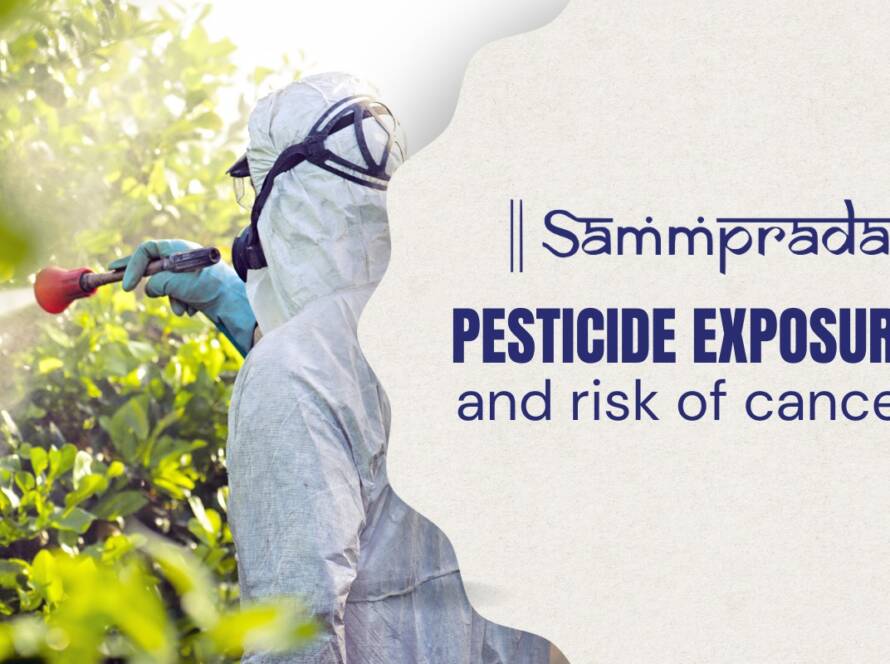Air pollution can cause a number of chronic health conditions including lung cancer, heart disease, stroke, and respiratory diseases. 29% of lung cancer deaths are attributed to lung cancer. These risks are similar to those caused by smoking tobacco. Among the premature deaths occurring globally due to air pollution, 91% of them are found in low and middle-income countries. Developed countries seem to have countered the problem of air pollution and cancer risk through technological measures and stringent environmental legislation.
Toxic particles in the air are a result of the combustion of fossil fuels and are called Particulate matter 2.5. This includes soil, dust, soot, and smoke, and is sourced out of coal/natural gas-fired plants, agriculture, wildfire, wood-burning stoves, unpaved roads, and construction sites. These small particles (<2.5 µm) are a mixture of solid particles and liquid droplets, which can reach the respiratory system, and subsequently travel to other end organs through the bloodstream. The consequences include air pollution and cancer risks of these organ systems.
PM 2.5 has also been implicated in climate change and is also the causative agent for lung cancer. A higher threshold of its exposure causes a mutation of the gene ‘EGFR’ in human cells, a common mechanism in about half of the non-smokers with lung cancer. Other sources of air pollution and cancer risk include incineration of waste, burning of agricultural by-products, and violation of environmental standards by industries within the city limits. Given its ability to be transported by the wind, PM 2.5 can have implications at sites beyond its source of origin.
The new Global air quality guidelines issued by WHO advise on the following issues:
- prioritize the reduction of air pollution in urban areas;
- promote active transport (e.g., cycling and walking);
- reduce vehicle emissions;
- transition to cleaner energy sources;
- address indoor air pollution, particularly in households that rely on solid fuels for cooking and heating;
- develop national air quality standards and regulations;
- establish air quality monitoring systems to track progress towards meeting these standards.
The mitigation of air pollution is possible through measures such as increasing green spaces, cleaner energy sources, and active transportation (walking and cycling) methods. An efficient public transport system will dissuade people from using their private vehicles. These interventions when supplemented with a healthy diet, lead to a range of health benefits including lower rates of non-communicable diseases and co-morbidities. People working outdoors such as traffic police and street vendors are at increased risk due to continuous exposure, and they should use face masks to reduce the quantum of exposure.
In this regard, a sustainable public health intervention includes becoming carbon neutral. Waste can be harnessed to produce methane for natural gas, thus generating clean energy. Solar energy is a viable alternative for powering homes and facilities.

